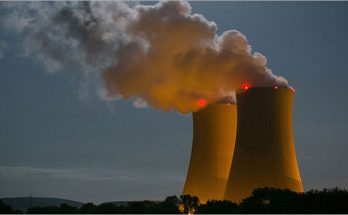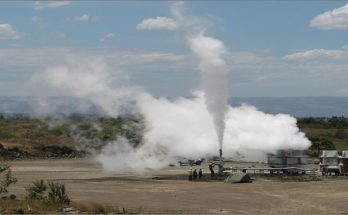 Dar es Salaam: Tanzania’s electricity rates are lower than those of other East African nations, according to Judith Kapinga, the deputy minister of energy, since Tanzania’s government subsidizes consumer bills.
Dar es Salaam: Tanzania’s electricity rates are lower than those of other East African nations, according to Judith Kapinga, the deputy minister of energy, since Tanzania’s government subsidizes consumer bills.
Speaking in response to inquiries from parliamentarians, Ms. Kapinga stated that the government was thinking of reducing electricity rates and whether the Julius Nyerere Hydro Power Project (JNHPP) would result in lower power costs.
“Honourable Speaker, the current electricity price already includes government subsidies, with the average subsidised rate being Sh100 per unit for ordinary users of up to 75 units per month as compared to Sh292 per unit without government subsidy,” Ms. Kapinga, stated at the Parliament in Dodoma.
Ms. Kapinga added that a customer using more than 75 units will pay Sh292 for each subsidised unit rather than Sh320 in the absence of a subsidy. She states that the Tanzania Electric Supply Company Limited (Tanesco) service providing costs will continue to be routinely evaluated by the government based on the price of electricity production, distribution, and transportation.
Ms. Kapinga directed the director general of the Rural Energy Agency (REA) to supervise the contractor for the power connection in the Chunya mines, Mbeya Region, in order to guarantee the project’s timely completion. The second stage of the strong grid project, according to Ms. Kapinga, will involve building a substation in Hanang, Manyara Region.
Speaking about the expansion of the electrical system to island regions, Ms. Kapinga stated that Tanzania consists of about 120 islands and that the government had started working on a feasibility study to bring the grid to such locations. She mentioned that the islands were currently using solar power and that the government had given a 50–55 percent subsidy to ensure that people had access to consistent electricity.



